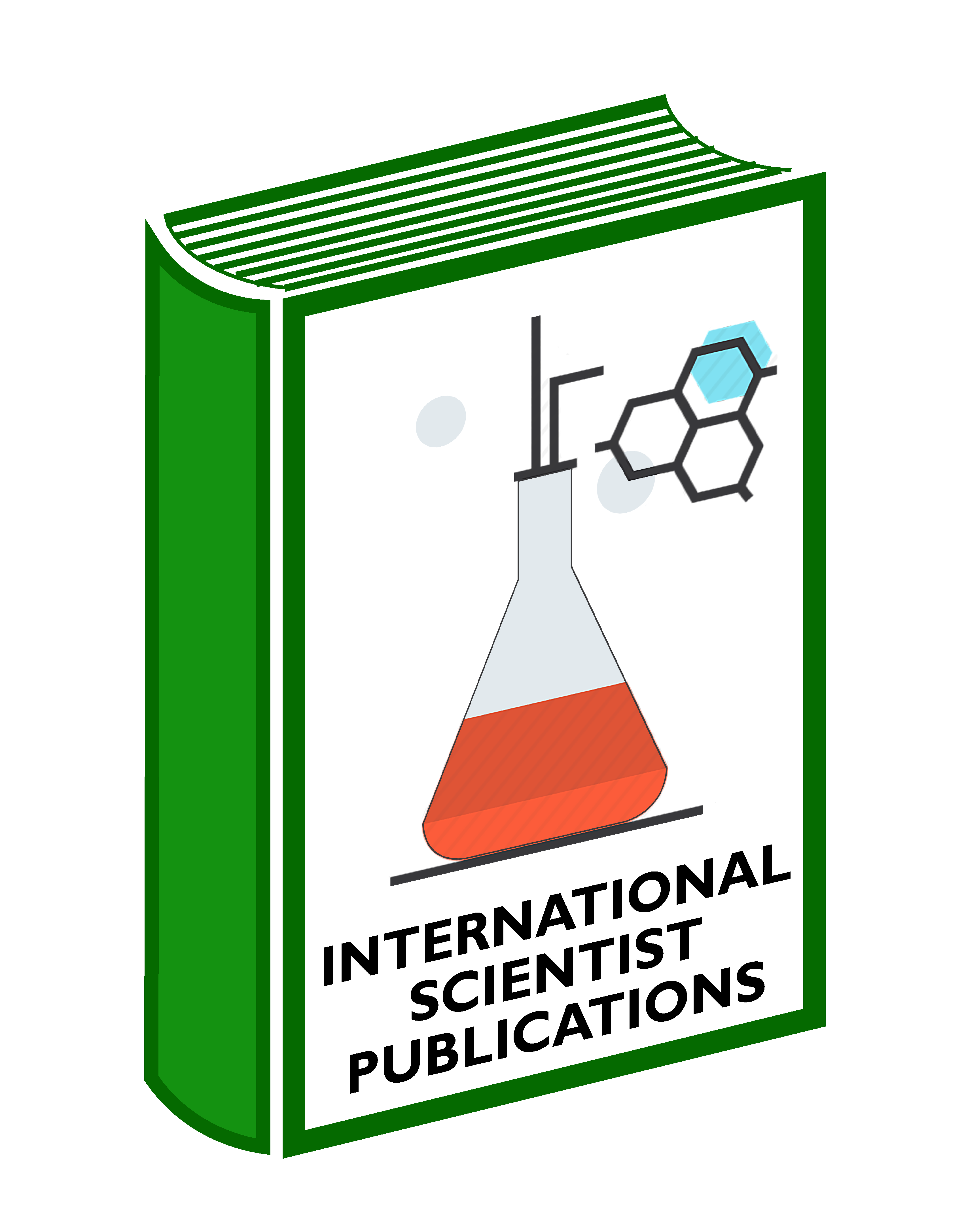Md Mamunur Rashid*, Md Shariful Islam and Md Sohrab Hossain
Bangladesh Sugarcrop Research Institute, Regional Sugarcrop Research Station, Thakurgaon-5102, Bangladesh.
*Corresponding author: mamun.sau67@gmail.com
Article history: Received: 15.09.2020, Accepted: 17.12.2020, Published Online: 31.12.2020
Cite this article:
Rashid MM, Islam MS and Hossain MS. 2020. Potentiality of plant and ratoon crops of sugarcane under Old Himalayan Piedmont Plain Soils of Bangladesh. Intl. J. Agric. Med. Plants. 1(1):10-15.
ABSTRACT
The experiment was carried out in farmers’ field of Thakurgaon sugar mills area under Old Himalayan Piedmont Plain Soils (AEZ-1) of Bangladesh during the cropping year of 2012-13 and 2013-14 to evaluate ratooning potentiality of some sugarcane varieties. Seven selected varieties viz: Isd 20, Isd 35, Isd 36, Isd 37, Isd 38, Isd 39 and Isd 40 were planted following RCB design with three replications. Significant differences were observed for tiller population, stalk height, stalk diameter, single stalk weight, yield and brix (%) of plant and ratoon crops as well. The tiller population was increased upto 150 days after planting (DAP), after that it was decreased. The highest number of tillers of 278.32×103 ha-1 and the lowest number of tillers of 208.72×103ha-1 were observed in Isd 39 and Isd 37, respectively at 150 DAP in plant cane but the highest (253.30×103 ha-1) and the lowest (175.23×103ha-1) number of tillers in ratoon cane were observed in Isd 37 and Isd 38, respectively at 150 days after shaving (DAS). However, the highest number of millable cane was recorded from the variety Isd 39 in both plant and ratoon cane. The highest cane yield of 103.85 tha-1 was harvested in Isd 39 followed by 98.78 tha-1 in Isd 37 in case of plant crop, while the highest ratoon cane yield of 89.07 tha-1 was recorded from Isd 37 followed by 86.17 tha-1 from Isd 39. The plant crop ensured the higher yield than ratoon crop, but the higher brix (%) was achieved in ratoon crop. In plant cane the highest BCR of 2.60 was recorded with the variety of Isd 39 followed by Isd 37 (2.47) while the highest BCR of 2.75 in ratoon cane was calculated with Isd 37 followed by 2.65 from Isd 39 that is higher profit comes from ratoon cane. However, considering yield, brix (%) and economic return, Isd 39 and Isd 37 may be recommended for cultivation as plant and ratoon crop in Old Himalayan Piedmont Plain Soils of Bangladesh.
Keywords: Sugarcane, plant cane, ratoon cane, yield
REFERENCES
Anonymous. 2019. Annual report, Bangladesh Sugarcane Research Institute, Ishurdi, Pabna, Bangladesh. pp. 161-162.
Arain YM, Panhwar RN, Gujar N, Chohan M, Rajput MA, Soomro AF and Junejo S. 2011. Evaluation of new candidate sugarcane varieties for some qualitative and quantitative traits under Thatta agro-climatic conditions. Journal of Animal and Plant Sciences. 21(2): 226-230.
Arefin MS, Rahman MM and Alim MA. 2017. Efficacy of organic fertilizer on the growth, yield and quality of sugarcane. Bangladesh Journal of Sugarcane. 38: 31-47.
Bashir S, Hassan M, Fiaz N, Khan Z and Ali Z. 2013. Ratooning potential of different promising sugarcane genotypes at varying harvesting dates. Journal of Agricultural and Biological Science. 8: 437-440.
CIMMYT. 1988. From Agronomic Data to Farmers Recommendations: An Economics Training Manual. Completely revised edition. Mexico. D.F. pp. 31-45.
Gomathi R, Nagaraja P, Rao GP,Rakkiyappan P, Sundara BP and Shiyamala S. 2013. Physiological studies on ratoon ability of sugarcane varieties under tropical Indian condition. American Journal of Plant Sciences. 4: 274-281.
Karim SMR, Kashem MN, Islam S, Razzak MA and Rahman MK. 2015. Productivity of seven sugarcane varieties and their rationing potentiality under Tista Meander Flood Plain soils. Bangladesh Journal of Sugarcane. 36: 126-130.
Khan NU, Kabiraj RC, Alam KS and Rahman MH. 2007. Ratooning potential of BSRI released latest sugarcane varieties in Old Himalayan Piedmont Plain Soils. Bangladesh Journal of Sugarcane. 29: 115-119.
Misra A and Mathur PS. 1983.Ratooning sugarcane in India-retrospect and prospect. Indian Sugar.9(3): 1-14.
Mehareb EM, Elwafa SFA and Galal MOA. 2015. Comparative Performance of Sugarcane Genotypes for ratoon ability in Early Clonal Selection Stages. Journal of Sugarcane Research. 5(2): 11 – 21.
Shukla SK, Yadav RL, Singh PN and Singh I. 2009. Potassium nutrition for improving stubble bud sprouting, dry matter partitioning, nutrient uptake and winter initiated sugarcane (Saccharum spp. hybrid complex) ratoon yield. European Journal of Agronomy. 30(1): 27-33.
SinghIS, Singh R, Yadav MP, Singh RR and Singh SB. 2003. Ratooning behavior of new promising varieties of sugarcane under Bhat soil condition. Indian Sugar. 52(5): 333-336.
Sundara B. 2008. Sugarcane ratoons, their importance and establishment. In:Ratoon Management in Sugarcane, (TR Shanthy, DP Prathap, eds). pp. 6-11.
Steel RGD, Torrie JH and Dicky DA. 1996. Principles and Procedures of Statistics, A Biometrical Approach, 3rd ed.; McGraw Hill, Inc. Book Co.: New York, NY, USA.
Tahir M, Khalil IH, Mccord PH and Glaz B (2014). Sugarcane Genotype Performance in Three Environments (based on crop cycle) at Mardan, Pakistan. American Journal of Experimental Agriculture. 4(3):362-375.
Yadav RL. 1992. Ratooning of sugarcane. Periodical Export Book Agency, Delhi- 110096. pp. 72-74.
Yang SJ and Chen JM. 1991. A review of fertilizer trials carried out by the Fiji Sugar Corporation between 1977 and 1987. Taiwan Sugar. 38:19-24.

